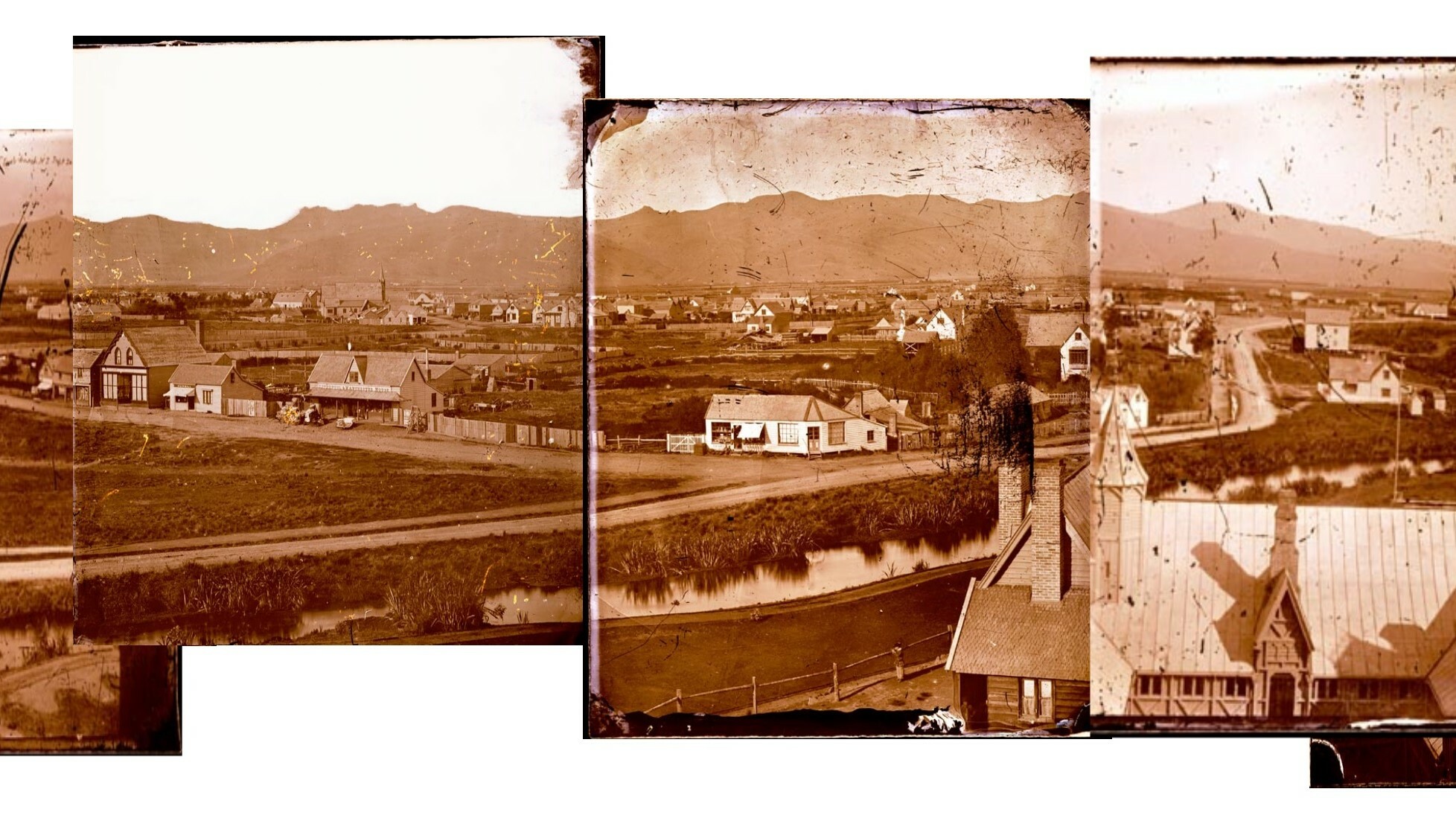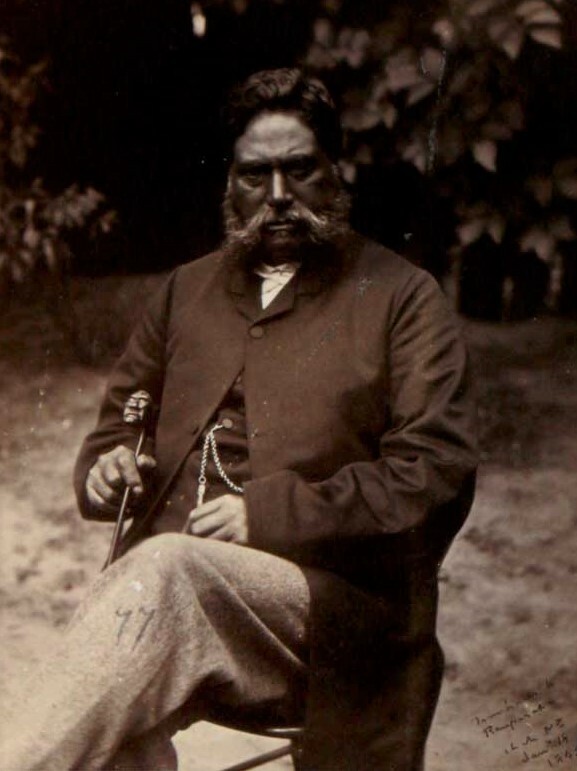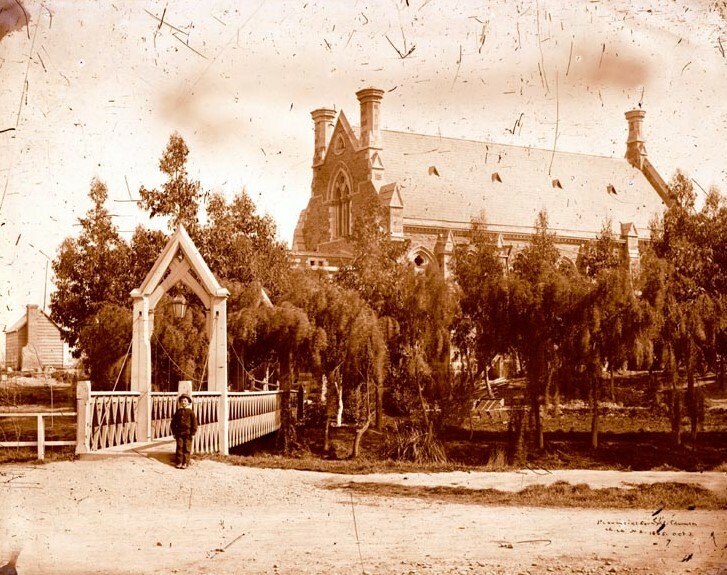On a cool, crisp morning in May 1860, before the settlers of Christchurch stirred for the day, Dr Alfred Charles Barker climbed to the roof of the unfinished Canterbury Provincial Government Buildings and began to take photographs.
His vantage point gave him the best available view of the settlement and the resulting panorama shows the city in its infancy, with widely spaced houses, large paddocks and open countryside near at hand. Noteworthy features include the city’s first grocery store on Oxford Terrace, the first Post Office in Market Square, Riccarton Bush in the distance, the Land Office on Worcester Boulevard where the province was subdivided amongst immigrant land purchasers and Dr Barker’s own home opposite.

The panorama is a composite of 18 individual photographs. Living in the far-flung colony of New Zealand, Barker had limited access to photographic equipment, supplies and expertise. Panoramic cameras, which were patented in the 1840s and being used in Europe, were not available to him. It is thought that his first camera may have been homemade using a lens from a telescope. Instead, like many other nineteenth-century photographers, Barker created panoramas by taking a series of photographs and placing them next to each other to create one image.
Barker took 5 days to take the 18 images, suggesting that it was a long, complicated process. The edges and perspectives of the 18 images do not quite match, indicating they were taken from slightly different positions. Barker took more than one photograph of certain views; he was probably unsure he had lined up his angles properly. The weather conditions are also different in the various photographs, with the Southern Alps and Port Hills visible in some but obscured by clouds in others.
The province of Canterbury was founded in 1850 and its capital city Christchurch was settled the following year. Barker arrived on the first ship of settlers, the Charlotte Jane, on 16 December 1850. He was for a time the only doctor in the province and thus became a well-known and respected member of the fledgling society. Unfortunately his medical practice proved to be unprofitable (many patients simply did not have the means to pay him), whereas his business investments yielded a small fortune.

Following the death of his wife Emma 5 weeks after the birth of their eighth child, Barker gave up medicine and instead turned his attentions towards other pursuits: business, writing and of course photography. The latter appears to have become something of a family hobby, with Barker’s son Samuel also becoming a noted photographer. The memoirs of his daughter Elizabeth suggest she was also involved.
Barker took many photographs of Canterbury landscapes and buildings. Besides his panorama, he also took the first ever photographs of Canterbury Museum, Christ’s College and the Canterbury Provincial Government Buildings. Portraits were one of his specialities too. Many of Canterbury’s early European settlers appear in his photographs, as well as notable Māori such as Tamihana Te Rauparaha, Mete Kingi Te Rangi Paetahi and Wiremu Tako Ngatata.

Barker’s photographs are an invaluable resource for understanding the early days of European settlement and how Christchurch developed. The only pictorial sources prior to his photographs are paintings, drawings and hand-drawn maps. His panorama records the young settlement when it was only 10 years old and is a statement of the progress the settlers had made in mastering the swampy environment by building roads, bridges and buildings.

For example, when compared with J E Fitzgerald’s paintings of 1852 and Barker’s own sketches of 1851–54, one can see that more permanent buildings have been added by 1860. The temporary tents and V huts have gone and the settlement has spread north and west across the Market Square bridge. No other photographers were working in the city at that time, so Barker’s photographs are unique. Canterbury Museum has over 600 of his photographs taken between 1858 and 1872, most of which are available online.





